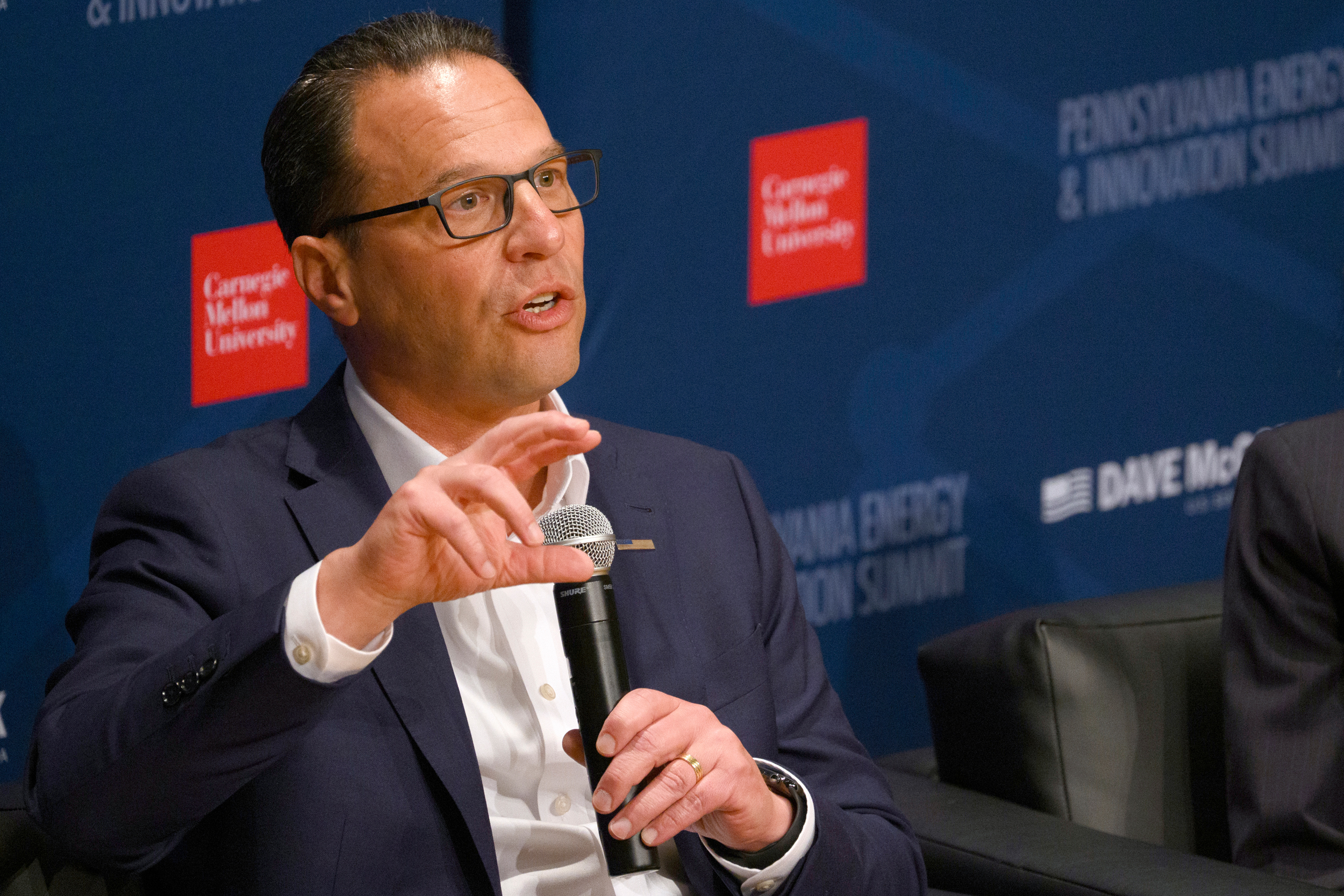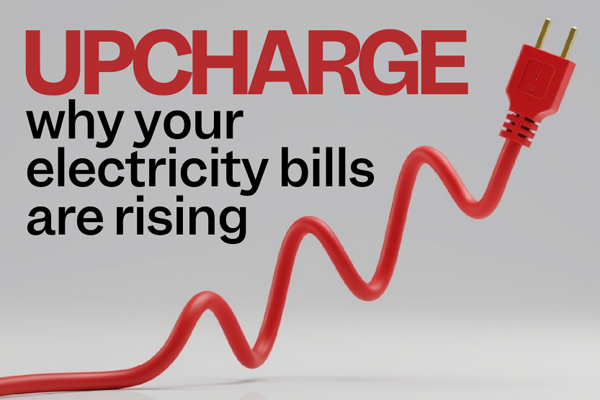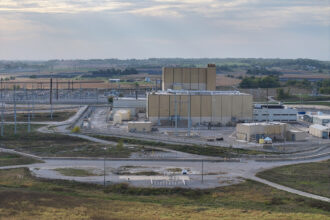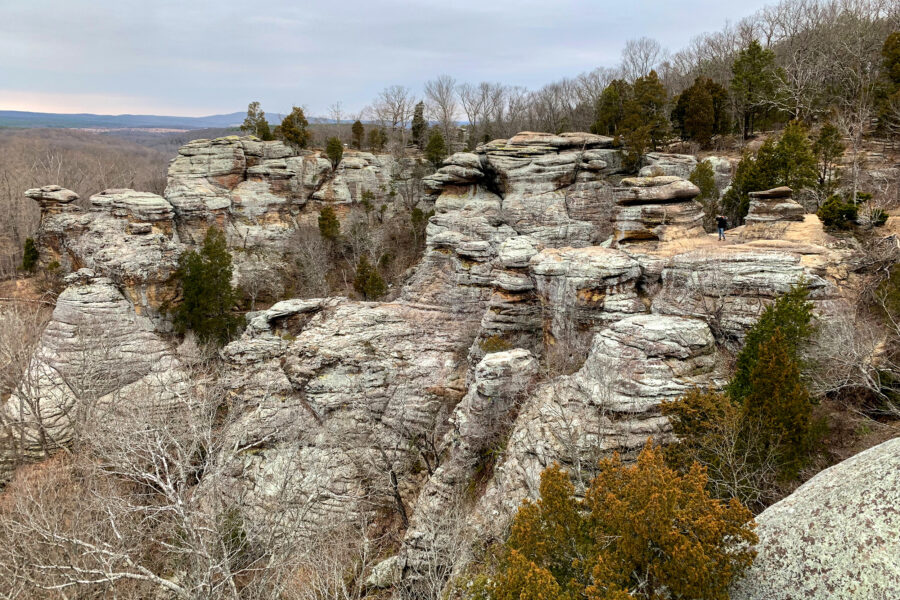In a surprise move that could benefit PJM Interconnection, four state governors have submitted a joint proposal formulated with the Data Center Coalition (DCC), an industry group, that favors approving connections to data center firms that will generate and add their own power to the grid.
The proposal would offer a fast track approval process for both the data centers and the power sources they would build. The idea was raised last week during a hearing held by PJM, the nation’s largest electrical grid, as it grapples with soaring demands and seeks federal approval later this year to hasten permit reviews.
Pamela Quinlan, a principal at GQS New Energy Strategies, an energy consulting company that represents the DCC, a leading data center trade group, described the eight-page plan as a “voluntary and heavily incentivized” path for the industry.
Quinlan offered limited details during the hearing at PJM’s office near Philadelphia. The proposal generated interest because the four governors—from Pennsylvania, Maryland, New Jersey and Virginia—have been critical of PJM’s operations but eager for data center expansion in their states.
The electricity originated by the centers’ power generators would feed into the PJM’s regional grid, bolstering its reliability, according to the proposal. At least one energy researcher who reviewed the proposal said the strategy may also boost reliance by the new data centers on natural gas.
The DCC is an industry trade group for data center operators and cloud providers. Among its members are the biggest tech companies in the world, including Amazon Web Services, Google, Microsoft and Meta, all of which have invested billions of dollars in developing and deploying artificial intelligence and, in the past couple years, proposing new data centers. AI operations require massive amounts of water and power.
Jacob Finkel, an aide to Pennsylvania Gov. Josh Shapiro, spoke at the hearing and said he was representing the four states, which are in “strong alignment” with the DCC over the proposal.
PJM’s inability to process grid applications in a timely manner has frustrated many governors across the grid operator’s 13-state service area. The other states reliant on PJM are Delaware, Illinois, Indiana, Kentucky, Michigan, North Carolina, Ohio, Tennessee, West Virginia and the District of Columbia. It was not clear during the meeting if the other states were consulted by Finkel.
Data centers require around-the-clock electricity and even brief dips can cost millions of dollars in revenue. The fast-track proposal aims to accommodate lucrative investment from tech and financial firms in some pivotal states.
States oversee the siting, permitting and environmental review for commercial projects that require grid access. The states also assess land-use or rights-of-way and construction approvals related to the construction of electric lines and substations.
The DCC-governors proposal essentially relies on the states to expedite permitting and siting for the data operations. Under the proposal outlined by Quinlan, each state can issue directives to expedite projects that will build energy lines or substations. The data center’s power sources don’t have to be on the data-center site itself. The generators can be elsewhere in the same grid area that is approved by the state.

Under the plan, data centers qualify for the fast lane only if they create power equal to their expected use. For example, a data center site planning to use 50 megawatts must secure or develop 50 megawatts of supply. Those megawatts would be added to PJM’s grid at the time the business is launched.
The proposal includes a measure to combat rising bills for all ratepayers. The proposal would extend or maintain the current capacity charge set by PJM—what customers pay to guarantee power at all times—for another year. In July, PJM issued a capacity charge for service from June 2026 to May 2027 that topped 20 percent, and it agreed then to extend the cap to that charge to 2028. PJM said that would mean an increase of about 1.5 to 5 percent in customers’ bills, depending on their area.
The proposal outlined by the DCC would extend the price cap into the summer of 2029.
“Seeing this proposal to extend the price cap for another year is a very significant win for consumers,” said Abraham Silverman, an energy researcher at Johns Hopkins University’s Ralph O’Connor Sustainable Energy Institute. That would shield customers from price spikes as data centers come online, he said.
The DCC and the governors supplied few details about their proposal beyond an eight-page outline. Some analysts said the DCC and the governors need to provide specifics on how each state will review and decide to fast-track the projects.
Paul Sotkiewicz, the president of energy consulting company E-Cubed Policy Associates and a former chief economist for PJM, said states should be wary of how they “short-circuit” processes that will affect local residents and governments.
“I can imagine it backfiring on politicians if they do that,” Sotkiewicz said. “It all sounds nice on paper, but….I don’t see how it can happen.”
“There are certain processes that they have to follow and procedures that they have to follow to issue permits,” he said. “That’s just the way permitting works.”
This story is funded by readers like you.
Our nonprofit newsroom provides award-winning climate coverage free of charge and advertising. We rely on donations from readers like you to keep going. Please donate now to support our work.
Donate NowFinkel said Pennsylvnia and other states will form a “consortium” to “figure out how they’re going to do this.” Finkel offered Pennsylvania’s months-old Lightning Plan as an example, which aims for a one-stop deadline-driven framework for power projects permits. The plan, announced in January, would create a new oversight board to coordinate and speed siting and approvals. As of this month, the plan remains a blueprint.
Silverman pointed to another concern about the fuel driving the new power sources. States with ambitious climate change goals might have to accept that the data centers that contribute to PJM will be using gas rather than solar or wind power, he said.
“A hyperscale data center…may be a thousand megawatts. That’s a lot of solar,” Silverman said.
Joseph Bowring, the president of Monitoring Analytics, an independent monitoring unit that reports on PJM’s electric power market, said the DCC-governors proposal is missing some notable guarantees.
A central question in the rulemaking discussions over PJM reliability is who should lose power when the grid is stressed, he said. Should data centers lose power first? Should they lose it in sync with everyone? Or should they be the last to lose power?
“The equitable way to formulate it for these guys who are coming onto the system (and) bringing 30,000 megawatts of issues is for them to be interrupted first,” Bowring said. “If interruptions were assigned to data centers first,” he said, it is likely that “data centers would not sign up for that service.”
Bowring said even if PJM assigned interruptions “perfectly,” the fact that there would be interruptions means the grid cannot reliably serve its customer base.
Bowring said the monitoring group advocates not allowing data centers to connect unless the grid can guarantee continual service and reliability.
The plan from DCC and the governors is one of more than a dozen proposals being considered by PJM as it seeks public comment to support a request for a rule change—known as the Critical Issue Fast Path—meant to add suppliers to the grid.
PJM has also heard its own staff proposal: allowing 10 new proposed projects per year to connect to the grid in as little as 10 months through expedited reviews. Critics said that approach, too, would favor gas-fueled developers.
The federal agency that oversees grid regulations, the Federal Energy Regulatory Commission, will decide whether the change that PJM seeks is lawful and in the public interest. The PJM board plans in December to submit a written request to FERC. There are at least three more meetings planned by PJM through late November.
About This Story
Perhaps you noticed: This story, like all the news we publish, is free to read. That’s because Inside Climate News is a 501c3 nonprofit organization. We do not charge a subscription fee, lock our news behind a paywall, or clutter our website with ads. We make our news on climate and the environment freely available to you and anyone who wants it.
That’s not all. We also share our news for free with scores of other media organizations around the country. Many of them can’t afford to do environmental journalism of their own. We’ve built bureaus from coast to coast to report local stories, collaborate with local newsrooms and co-publish articles so that this vital work is shared as widely as possible.
Two of us launched ICN in 2007. Six years later we earned a Pulitzer Prize for National Reporting, and now we run the oldest and largest dedicated climate newsroom in the nation. We tell the story in all its complexity. We hold polluters accountable. We expose environmental injustice. We debunk misinformation. We scrutinize solutions and inspire action.
Donations from readers like you fund every aspect of what we do. If you don’t already, will you support our ongoing work, our reporting on the biggest crisis facing our planet, and help us reach even more readers in more places?
Please take a moment to make a tax-deductible donation. Every one of them makes a difference.
Thank you,














